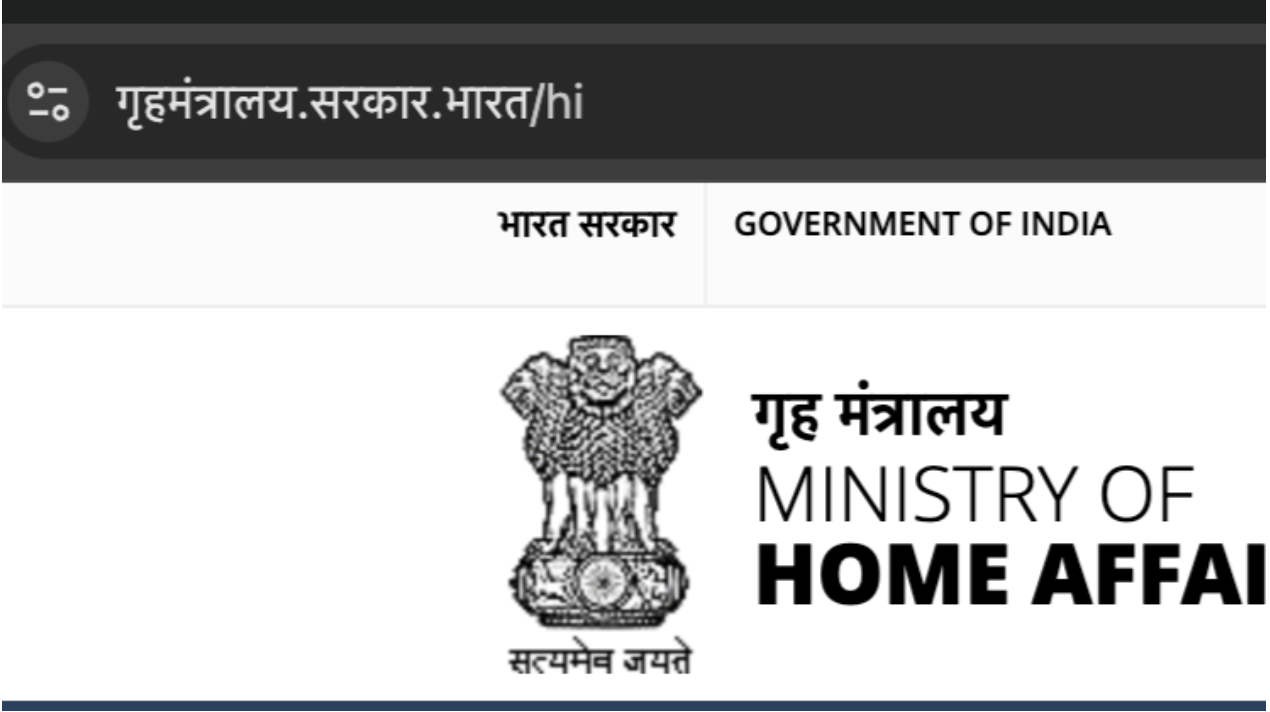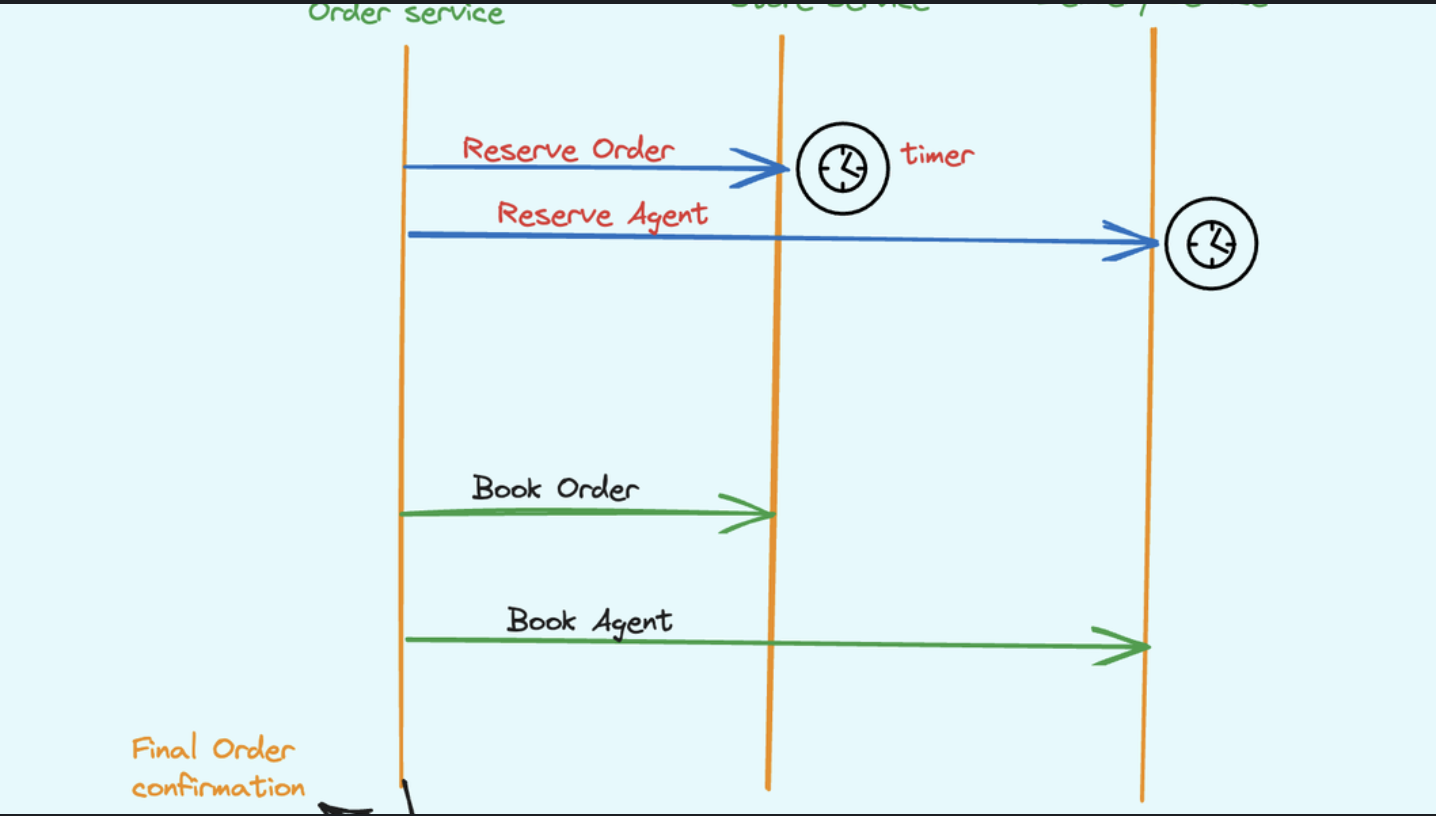Have you ever wondered how domain names like गृहमंत्रालय.सरकार.भारत/hi work? Unlike traditional .com domains, this type of domain uses Internationalized Domain Names (IDNs), which allow web addresses in local languages, including Hindi.
In this article, we’ll break down how such domain names are resolved using the DNS (Domain Name System), and we’ll compare it with the way the Indian Home Ministry works for identity verification. We’ll also include a Python code snippet to demonstrate DNS resolution for Hindi domains.
Understanding IDNs and Punycode Encoding
Since computers primarily understand ASCII (English characters), Hindi domain names (like गृहमंत्रालय.सरकार.भारत) are internally converted into a format called Punycode. For example:
- गृहमंत्रालय.सरकार.भारत → xn—i1b5bzbybhfo5c8b4bxh.xn—11b7cb3a6a.xn—h2brj9c
Browsers and DNS servers work with the Punycode version, but users see the Hindi text.
Analogy: The Home Ministry and Address Lookup
Imagine you need to find a person named Rahul Sharma in India. You don’t know his exact address, so you seek help from government authorities. Here’s how the process works:
Step 1: Checking with Local Authorities (Local DNS Resolver / ISP)
You first visit your local municipal office and ask about Rahul Sharma. They check their records:
- If they have his address, they provide it immediately.
- If not, they escalate the request to a higher authority (State Government).
Step 2: State Government Lookup (Recursive DNS Servers)
The state officials check their database:
- If they find Rahul Sharma’s address, they share it with you.
- If not, they forward your request to the Central Government (Home Ministry).
Step 3: Home Ministry (Root DNS Servers & Authoritative DNS Server)
The Home Ministry has access to the complete database of all Indian citizens.
- If Rahul Sharma exists, they provide his exact address.
- If not, they return an error (meaning the person does not exist).
Now that you have the correct address, you can visit Rahul Sharma at his location.
How This Relates to Domain Name System (DNS)
The internet follows a similar process when resolving a domain name:
- Local DNS Resolver (Your ISP) When you type गृहमंत्रालय.सरकार.भारत, your Internet Service Provider (ISP) checks if it already knows the corresponding IP address:
If found, it returns the IP address immediately. If not, it forwards the request to a higher-level DNS server.
- Recursive DNS Servers These servers act like state governments, trying to locate the IP address:
If found, they return the IP address. Otherwise, they escalate the request to the Root DNS Servers.
- Root DNS Servers (Highest Authority) These act like the Home Ministry, directing the request to the appropriate Top-Level Domain (TLD) Server (e.g., .भारत). The request is then sent to the Authoritative DNS Server for गृहमंत्रालय.सरकार.भारत, which provides the final IP address.
Once the IP address is found, your browser connects to the website’s server, and the webpage loads.
Code Example: Resolving a Hindi Domain Name in Python
Let’s see how we can resolve a Hindi domain name to an IP address using Python’s socket library:
import socket
def resolve_domain(domain):
try:
punycode_domain = domain.encode('idna').decode('utf-8')
ip_address = socket.gethostbyname(punycode_domain)
print(f'The IP address of {domain} ({punycode_domain}) is {ip_address}')
except socket.gaierror:
print('Unable to resolve domain')
# Example usage
resolve_domain('गृहमंत्रालय.सरकार.भारत')
This script converts the Hindi domain name to its Punycode representation and then resolves it to an IP address.
When you run this script, it will return the IP address of गृहमंत्रालय.सरकार.भारत, just like how DNS servers resolve domain names.
Why Are IDN Domains Important?
-
Inclusivity – Allows people to access the internet in their native language.
-
Better Accessibility – Helps non-English speakers navigate websites easily.
-
Government & Regional Websites – Used by governments and local organizations to serve citizens in their language.
At the END Domain Name Resolution is a vital process that allows the internet to function smoothly. Just like how the Indian Home Ministry helps locate people, DNS helps your browser find websites.
For Hindi domains like गृहमंत्रालय.सरकार.भारत, the internet first converts them into Punycode, then follows the same DNS lookup process.
Now, the next time you see a Hindi domain, you’ll know exactly how it works! 💡



